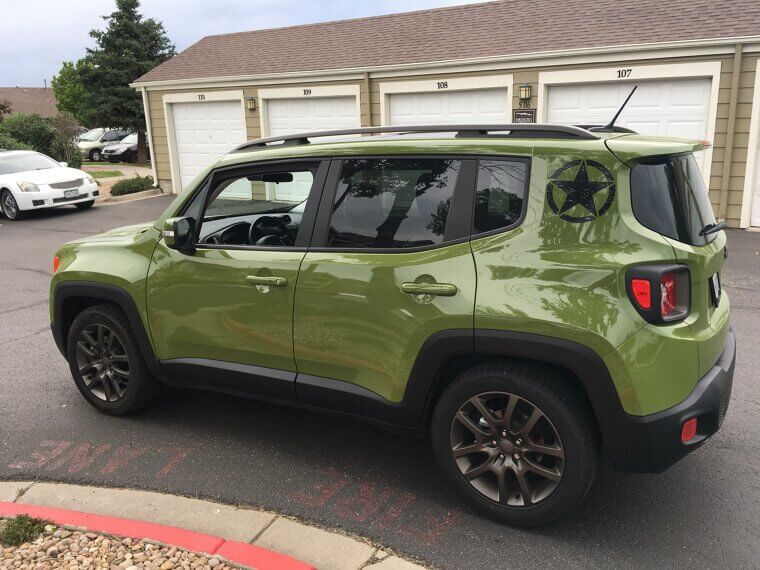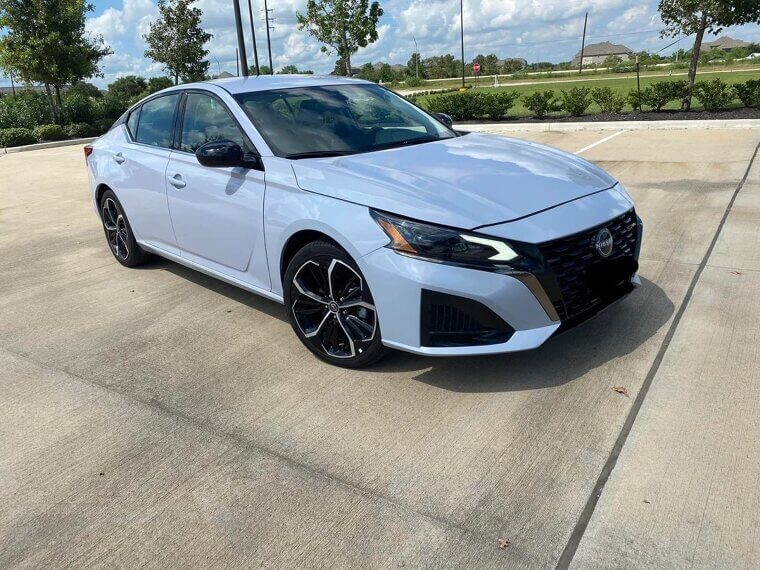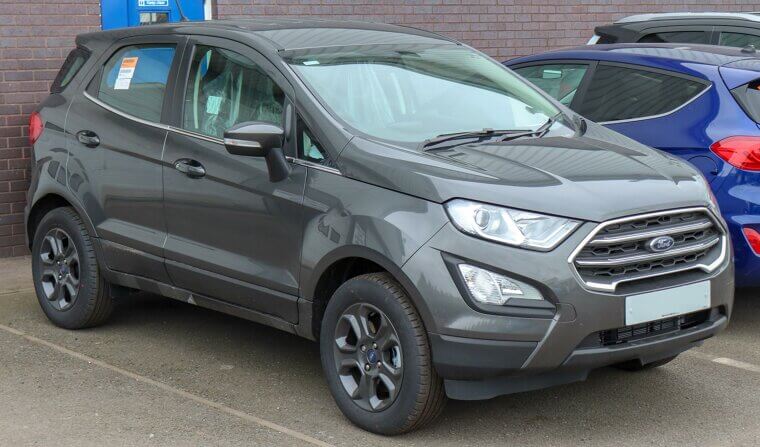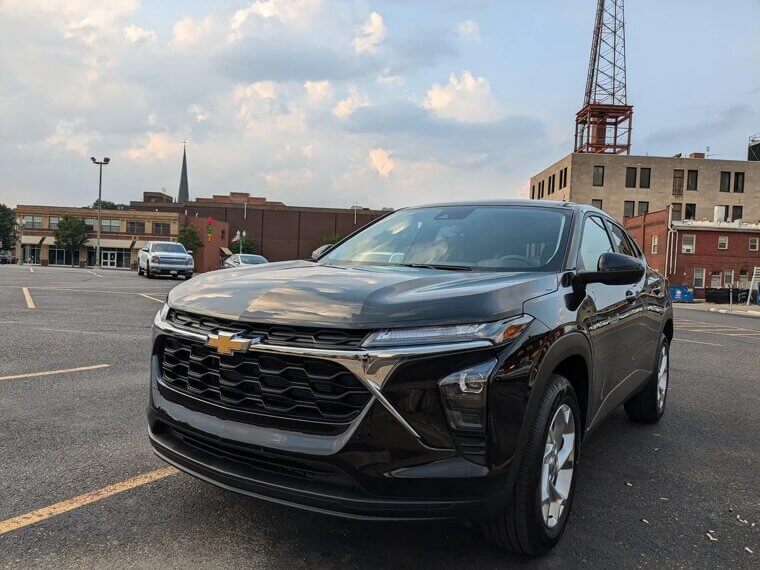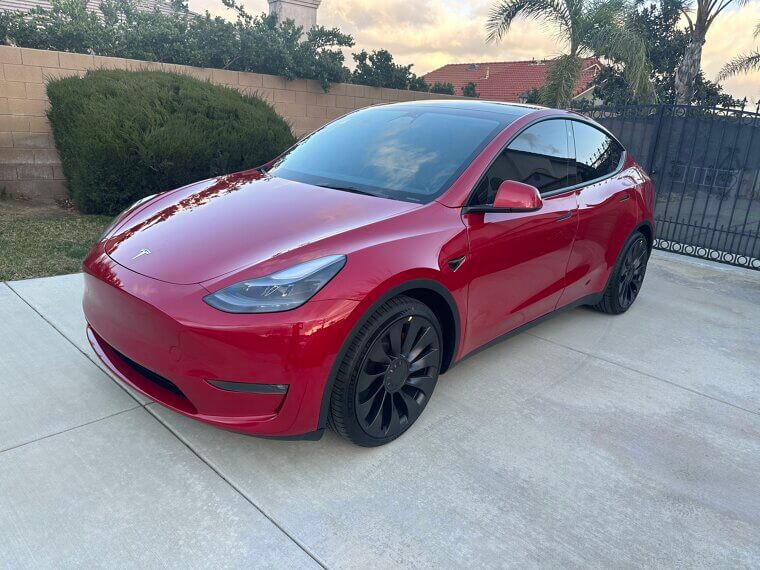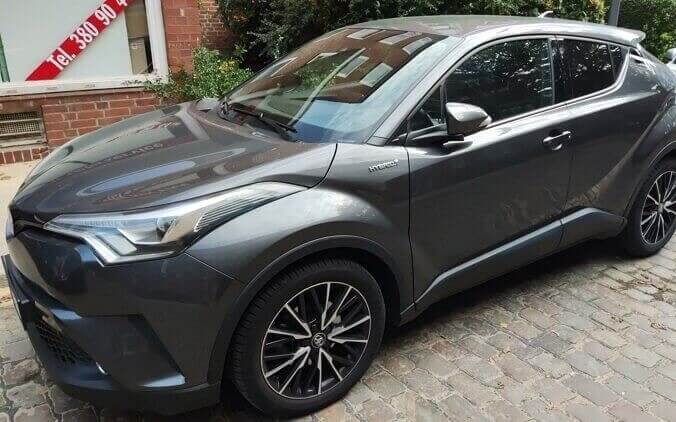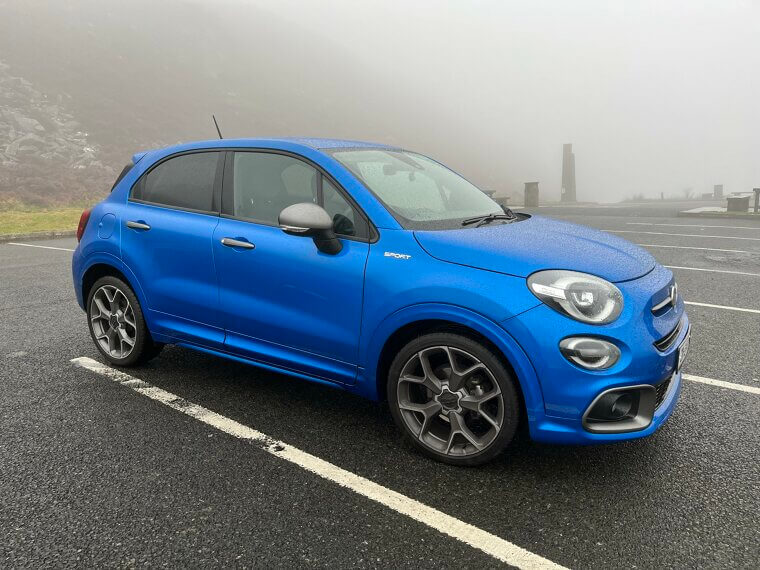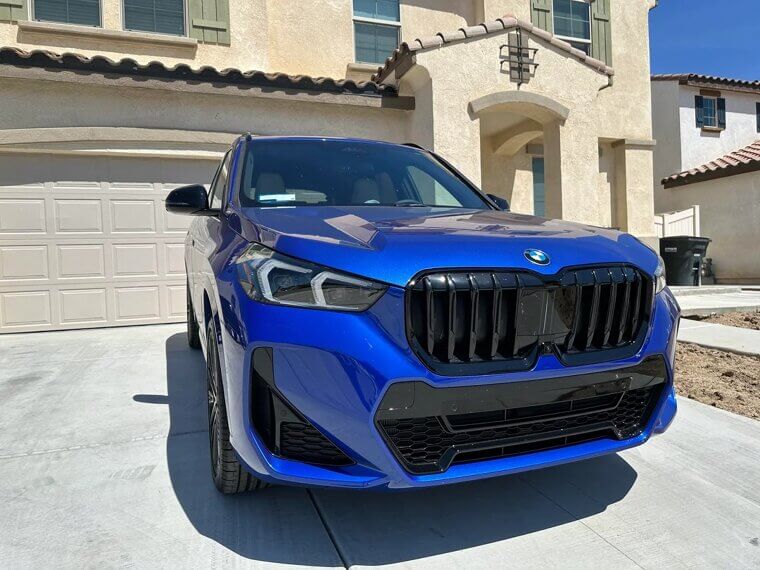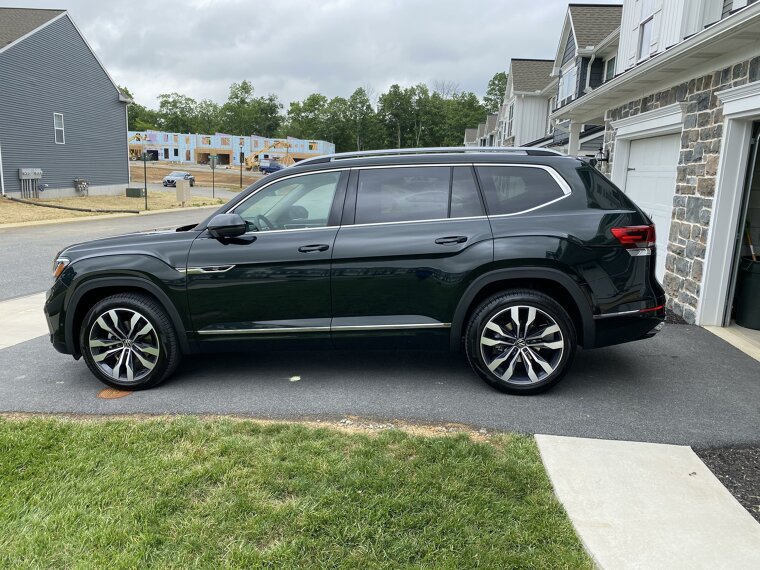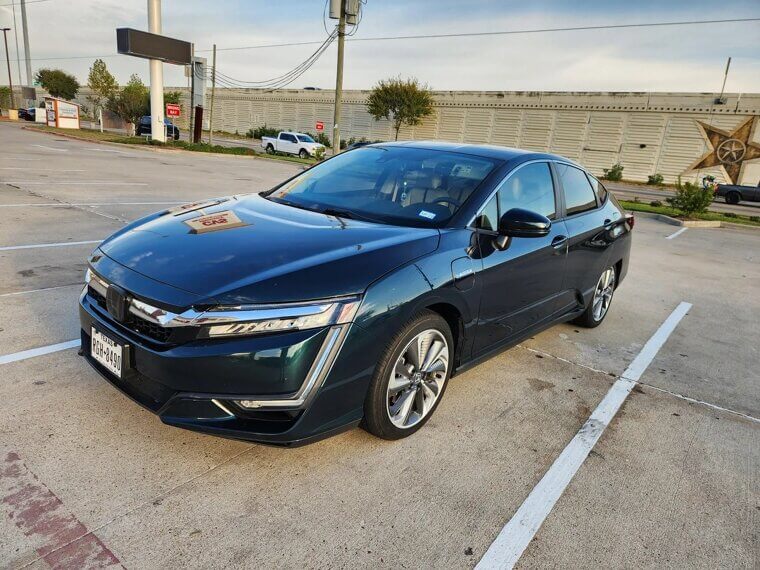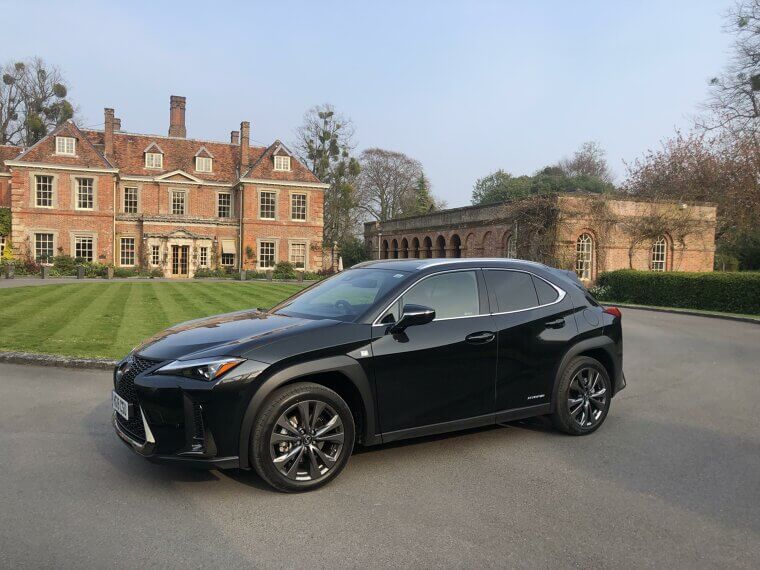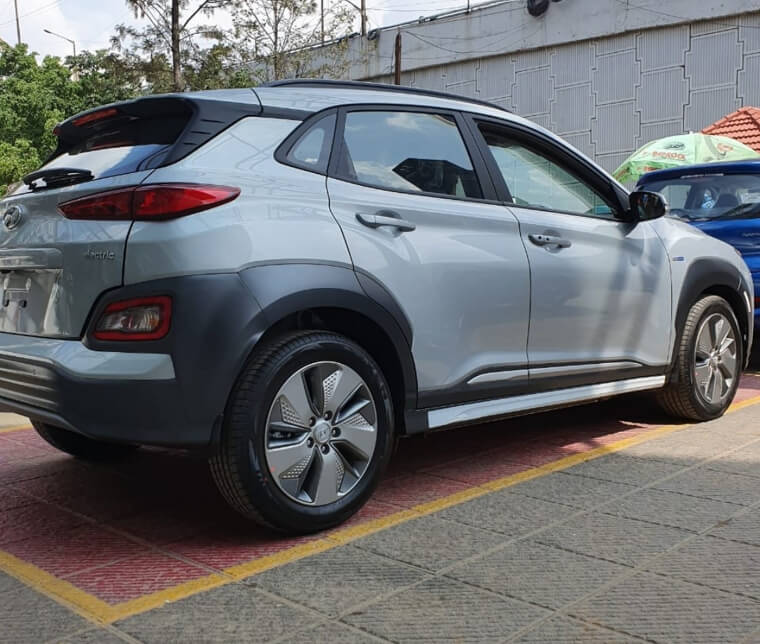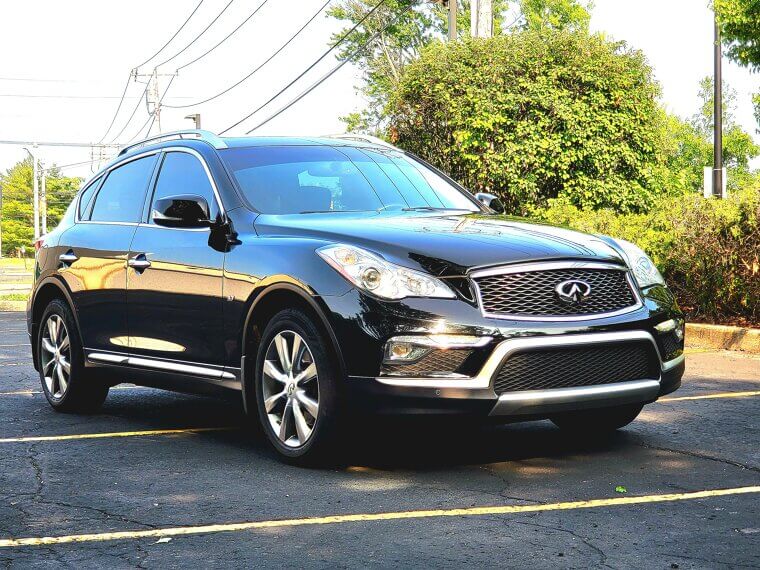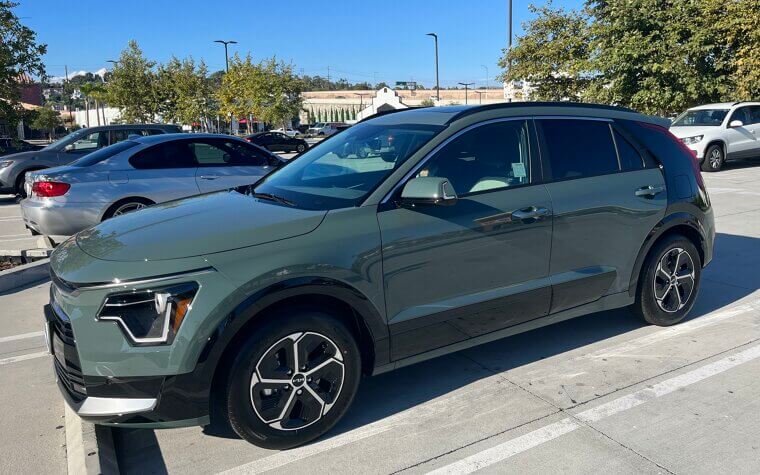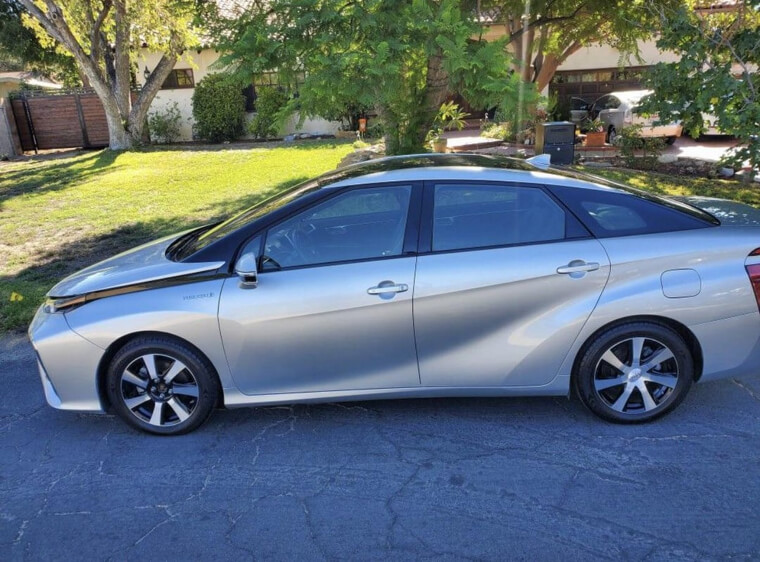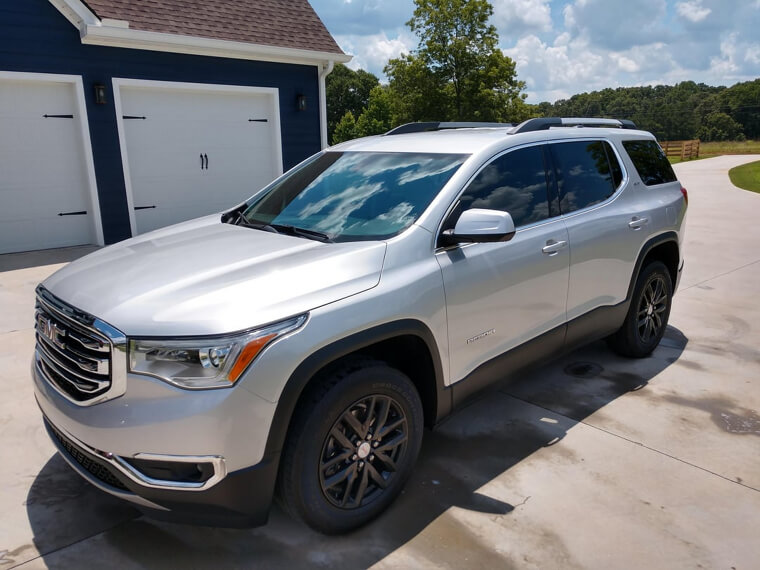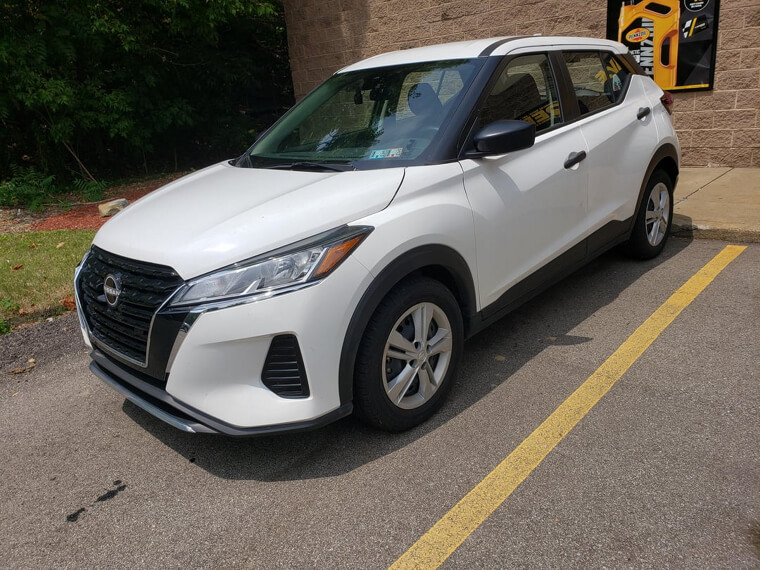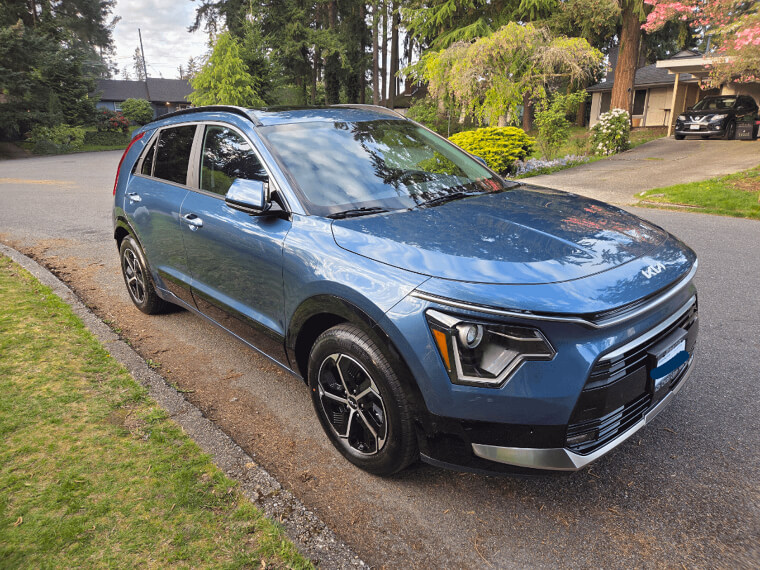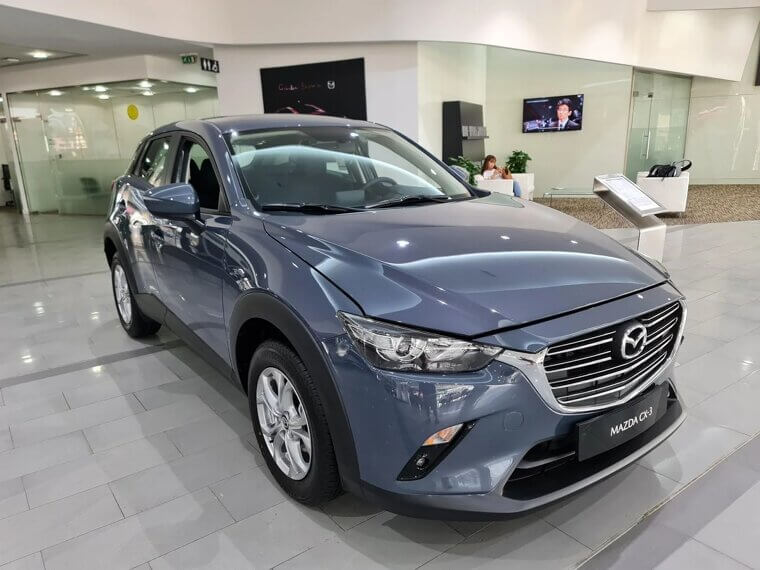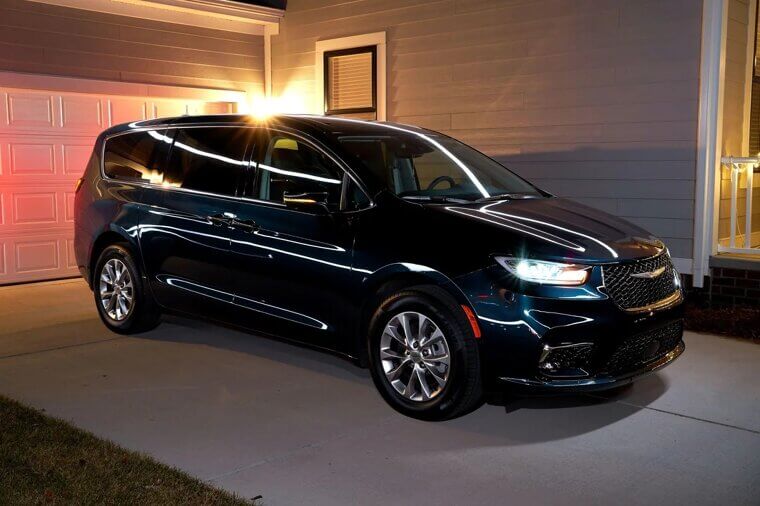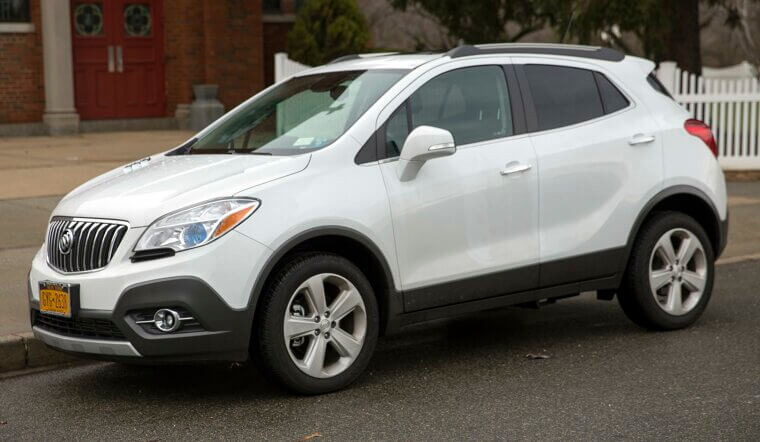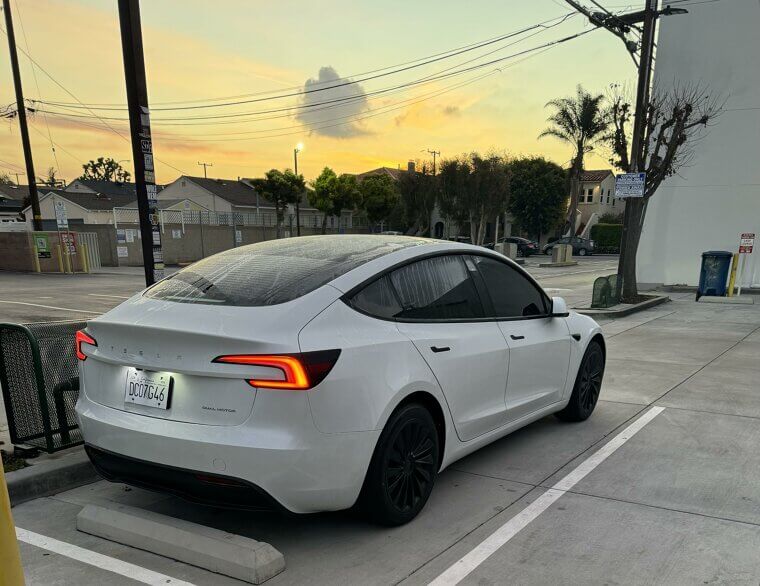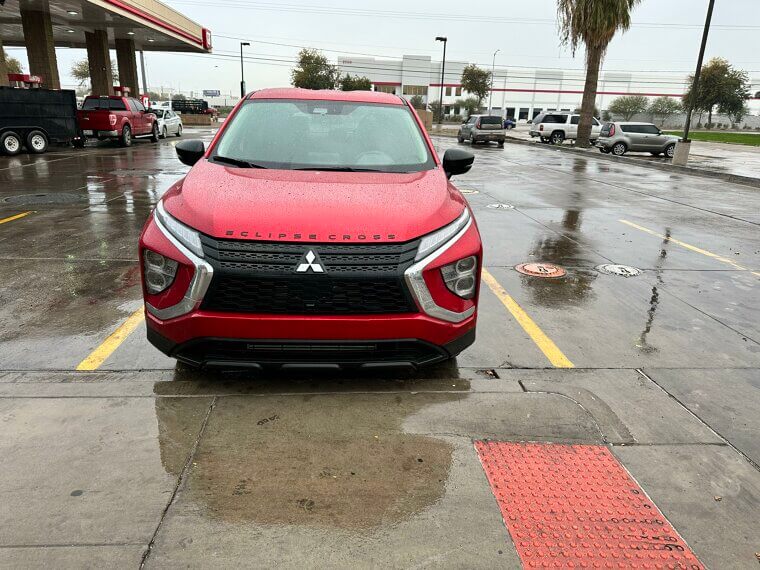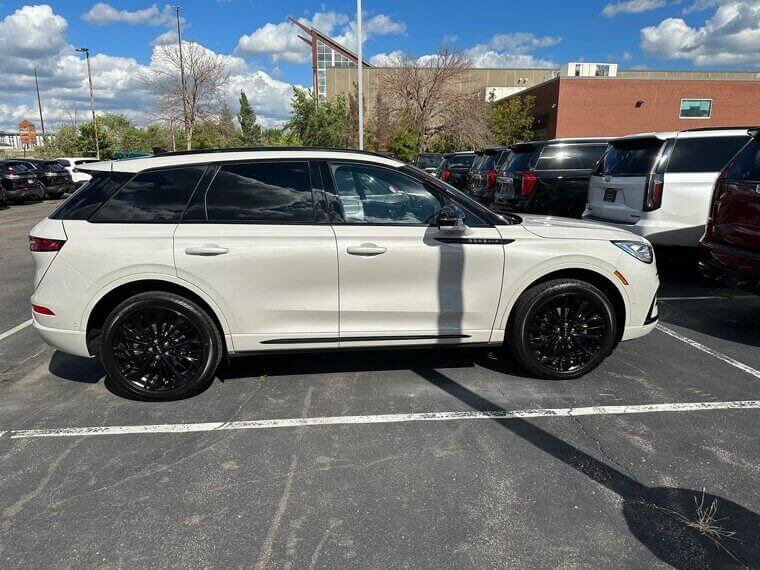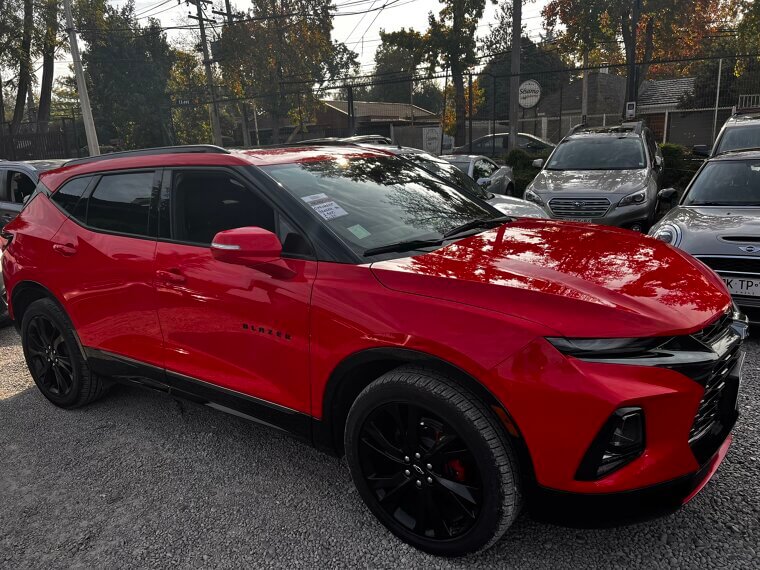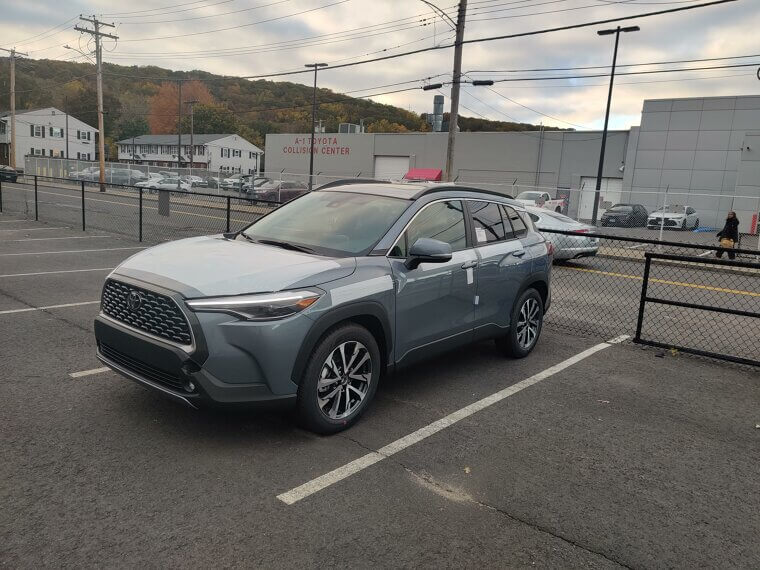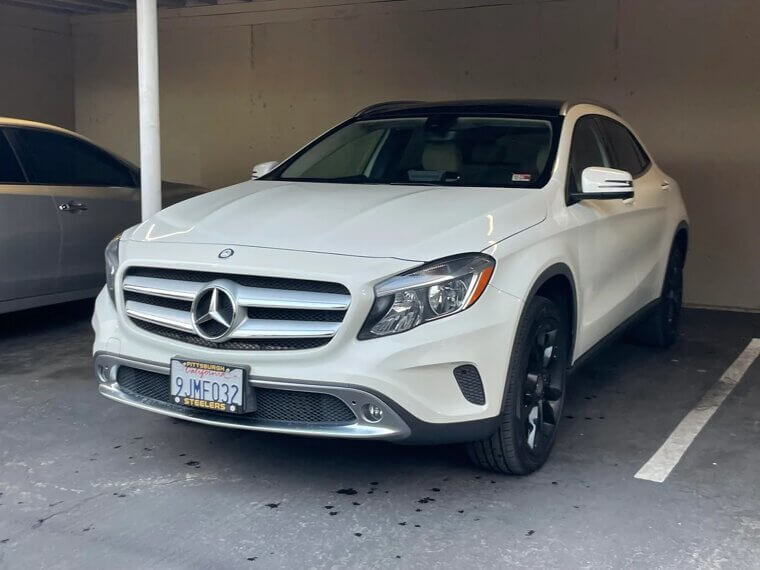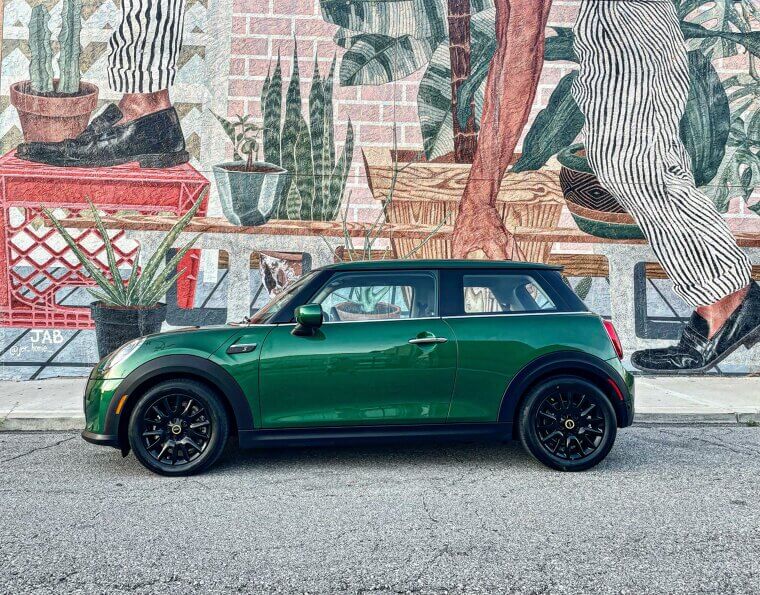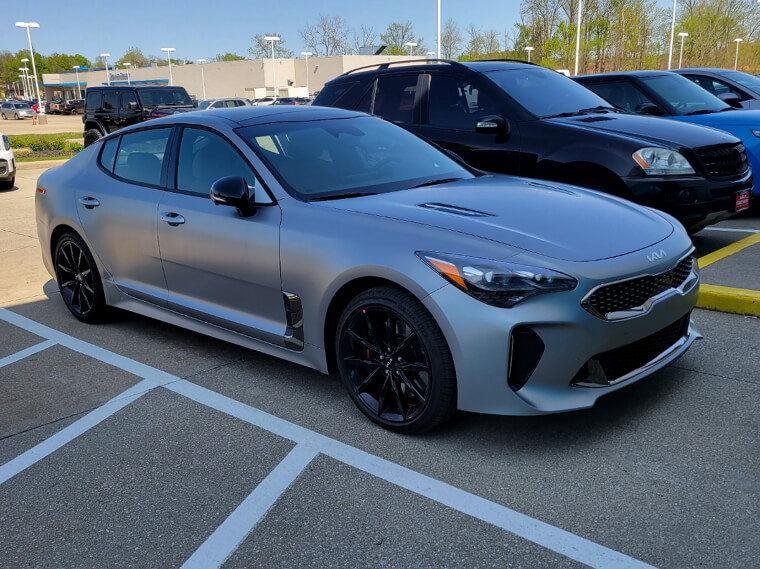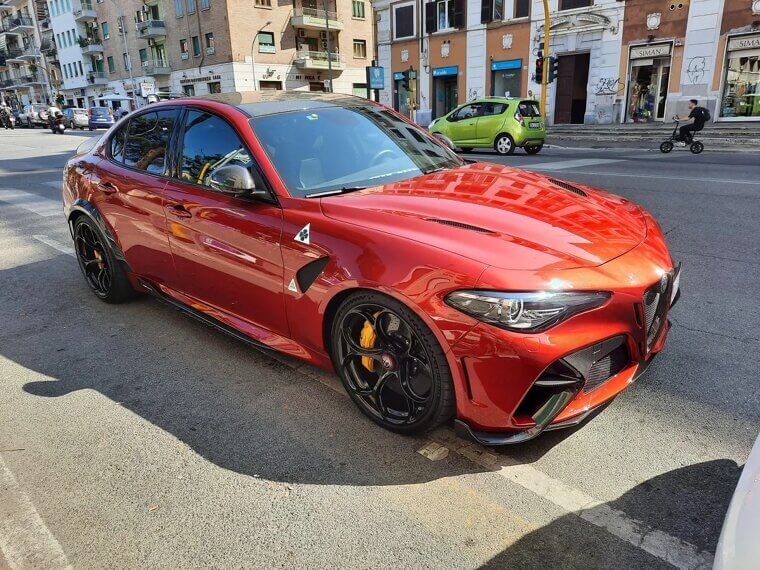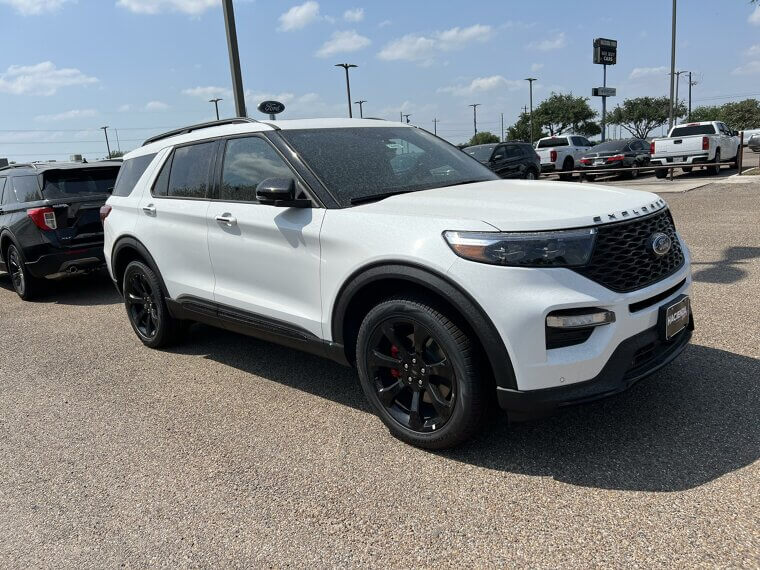Regrettable Car Purchases Owners Hate
Cars aren’t exactly cheap, and modern cars especially will put a Jeep-sized dent in your wallet. Unfortunately, not every vehicle is worth the price of admission, and for one reason or another, the 35 cars listed here have already left a sour taste in the mouths of many owners. Some fell short on reliability, while others suffered from tech glitches, poor performance, or questionable design choices.
When buyers start voicing regret this early, you know something under the hood—or elsewhere—just isn’t adding up.
Jeep Renegade
The word “renegade” evokes a sense of rebellion, of pushing boundaries or outright breaking them. Indeed, the Jeep Renegade defies all expectations - assuming your expectations were to receive a decent vehicle. If it’s not the atrocious gear shifts, then it’s the lack of power or persistent mechanical faults that make this renegade less “inspiring revolutionary” and more “edgy teen with emotional issues”.
Owners have reported disappointing fuel efficiency and a stiff, jittery ride that further undercuts its already questionable value as a subcompact SUV.
Nissan Altima
The Altima is probably one of the most popular vehicles on this list - exactly why, however, we can’t say. Let’s take a look at what you’re getting into: the CVT is sluggish, the performance is “sub-optimal”, and the reliability is questionable at best. What should be a practical vehicle instead becomes an exercise in patience.
Many owners have expressed frustration over interior quality that feels cheap, poor road noise insulation, and a driving experience that lacks any sense of connection or confidence.
Ford EcoSport
The Ford EcoSport is marketed as an eco-friendly, urban-ready SUV, perfect for those with modest, bourgeois tastes. What it actually is is clunky, with a tailgate that swings awkwardly, and a ride that rattles your teeth. Honestly, you’d be more comfortable walking uphill, in the rain, with no shoes. Owners have also criticized the underpowered engine, cramped rear seating, and outdated tech features.
Even for city driving, it manages to feel sluggish, impractical, and strangely behind the curve for its class.
Chevrolet Trax
Substituting the “cks” at the end of a word with an “x” is always tacky, and in that sense, the Chevy Trax obliges. It’s cheap, sure, but its cramped spaces and lackluster performance are about as enjoyable as stale bread and sour milk. Hey, at least you get what you paid for. It's an economy car that sadly cuts too many corners.
Even for budget-conscious drivers, the interior feels dated, the acceleratio is sluggish, and the handling inspires zero confidence.
Tesla Model Y
Owning a Tesla is embarrassing in and of itself, and owning a Model Y in particular may indicate a shame kink. This car is tantamount to driving a plastic lunch-box on wheels, with trim pieces that don’t stay put and software that malfunctions more than it, well, functions. For many, the hype simply doesn’t match the hands-on driving experience.
Owners frequently report inconsistent build quality, glitchy infotainment systems, and rattling noises that develop far too soon for a premium-priced vehicle.
Toyota C-HR
We expected quirky fun in a pint-sized package, but the C-HR is a case of style over substance. The rear seats are tighter than a hug from that one aunt who’s always just a little too handsy, and the engine seems to yawn when you ask it to move. Its looks may spark envy, but the drive itself feels flat.
Visibility is poor, cargo space is limited, and the lack of all-wheel drive makes it even less practical than it appears.
Fiat 500X
Is the 500X one of the cutest cars? Absolutely. Is it also one of the most disappointing? Also, yes. What starts as love-at-first-sight is quickly overshadowed by jumpy gear changes, cramped back seats, and a suspension that handles every bump like it’s holding a grudge. Great for Instagram photos, but dreadful by the second oil change.
Add to that underwhelming fuel economy, a frustrating infotainment interface, and questionable long-term reliability, and you’ve got a car that’s more headache than heartthrob.
BMW X1
Not many people know this, but the “B” in “BMW” actually stands for bourgeois. Indeed, owning a BMW is a point of pride for many people who think that they’re better than others. Jokes on them, though: this thing sucks. It feels less like a premium crossover, and more like a designer knock-off bought online at a discount.
The ride is unrefined, the cabin materials feel uninspired, and the infotainment system is clunky enough to frustrate even die-hard fans of the brand.
Volkswagen Atlas
Big and bold, but not exactly beloved. Owners report electrical issues, slow shifting, and a general sense of poor assembly. Yes, it’s spacious, but if we wanted unpredictable and moody, we’d adopt a cat. The infotainment system is unintuitive, the fuel economy is unimpressive, and interior materials feel cheaper than expected for a vehicle at this price point.
Add in inconsistent reliability ratings, and the Atlas quickly becomes a gamble for families looking for a dependable, long-term SUV.
Honda Clarity
Honda portrayed the Clarity as a green hero, but it left a lot of owners wondering what to do with it. Its ungainly design, hesitating acceleration, and driving experience that feels like something you built in a middle school science fair all had us wishing that it would have just been… more. The cabin may be roomy, but the handling feels disconnected.
And the overall performance is underwhelming. Even eco-conscious drivers found themselves disappointed by its lack of refinement and staying power.
Lexus UX
Lexus was supposed to be Toyota’s luxury brand, but you could reasonably make the case that they’ve had more flops than successes. The UX falls firmly into the former category. It’s small, loud, and unbearably slow, and it positively reeks of an economy vehicle which is sure to upset those people who bought this thinking they were better than everyone else. They’re not.
Add to that a clunky infotainment system and cramped cargo space, and you've got a “luxury” car in name only.
Hyundai Kona Electric
Electric vehicles may be the cars of the future, but the Kona Electric really embodies that feeling of being a peasant riding a lazy donkey in the dark ages. The range on it is atrocious, and the cabin seems to have only been designed with the most petite of pocket princes and princesses in mind. For many buyers, the novelty wears off quickly.
Charging times can be frustratingly slow, and the ride quality is stiff enough to make longer trips unpleasant.
Infiniti QX50
A word of warning: never trust a product marketed as “revolutionary”. The QX50’s variable-compression ratio was supposed to be exactly that, but what Infiniti intended and what we got are two very different things. The QX50 can’t decide if it’s moving or stopping, and its cheap interior don’t exactly scream luxury.
Add in vague steering, laggy throttle response, and a driving experience that feels more like a tech demo than a finished product, and you’ve got one confused crossover.
Chevrolet Bolt EV
If your car demands nerves of steel to drive, it’s time to revisit the drawing board. After all, battery fires aren’t a good look, and owners of the Chevy Bolt EV had to park it outside, just in case. It’s efficient, sure, but it can also be an efficient killer. Beyond the safety concerns, the cabin feels basic and the ride gets noisy at highway speeds.
Build quality falls short of expectations, especially for a vehicle that’s supposed to represent progress.
Ford Edge
The Ford Edge promises comfort and advanced technology - “promises”, not “delivers”. It’s bulky, glitchy, and its infotainment system has all the functionality of a cardboard box with some buttons drawn on with sharpies. Love erratic warnings and a standing date with the dealer? Step right in. It’s a mid-size SUV that tries to do it all—and ends up doing very little well.
Owners report uninspiring handling, inconsistent build quality, and a ride that somehow manages to feel both overly firm and floaty.
Toyota Mirai
The Mirai is hydrogen-powered and future-friendly, but highly inconvenient unless you live near one of the 12 hydrogen stations in the U.S. Technically, there’s nothing wrong with the Mirai, but owning one feels like it comes with more chores than benefits. Owners love the smooth drive—until they realize fueling it feels like hunting for a unicorn on roller skates.
Add to that limited resale value, long-term uncertainty about hydrogen infrastructure, and niche appeal, and it’s easy to see why regret creeps in quickly.
GMC Acadia
Roomy? Absolutely. But reliability problems, unclear electrical issues, and a transmission that sometimes throws fits make the Acadia feel like it’s trying too hard. You bought the Acadia to haul the family around, not to return to the service center every few months. On top of that, interior materials feel a bit cheap for the price, and tech features can be finicky at best.
For a vehicle marketed as a family-friendly SUV, it too often feels like a high-maintenance project.
Nissan Kicks
With a name like “Kicks,” you'd think this car would be fun. But if you prefer your kicks pumped up, you’ll be sorely disappointed with this car. The cabin is loud, the acceleration is weak, and the tech sometimes disappears mid-ride. It might be affordable, but that comes at the cost of refinement, comfort, and any real driving excitement.
Owners have also noted excessive wind noise and a lack of advanced safety features that should be standard in modern crossovers.
Kia Niro
Does anyone seriously drive a Kia? As in, not ironically or for a bit? We admire Kia’s ambition, but the Niro hybrid falls flat. It’s not fast, not fancy, and the interior whispers, “rental car.” The Niro checks all the boxes, just the boring ones. While it’s fuel-efficient, that’s about the only standout feature.
The steering feels numb, the cabin lacks personality, and the ride quality is uninspiring. It’s the car equivalent of beige wallpaper—technically there, but utterly forgettable.
Mazda CX-3
This pint-sized SUV is cute but barely fits your groceries—let alone a backseat passenger with, you know, a body and legs and stuff. “Cramped” doesn’t even begin to describe it, but to make things worse, the interior looks and feels cheap as well. It’s the car version of ordering a latte and getting a thimble of foam.
The cargo space is laughable, the ride can feel overly stiff, and the engine lacks the pep you'd expect from something this small and sporty-looking.
Chrysler Pacifica Hybrid
On paper, it’s a minivan marvel. In reality? Electrical quirks, stalling issues, and battery confusion leave some people saying, “Never again.” If you wanted convenience with a side of eco-friendliness, we’d recommend a different order. The Pacifica is nothing more than a tech headache with sliding doors. For a vehicle aimed at families, it ends up causing more stress than it’s supposed to solve.
Owners have reported confusing dashboard alerts, inconsistent charging behavior, and a lack of confidence in long-term reliability.
Buick Encore
Buick aimed to be young and stylish, but this little SUV is like giving ketamine to a patient on life-support. It’s a sluggish ride with outdated tech and a backseat that practically apologizes for existing. You expect “premium.” You get “grandma’s backup car.” Even Grandma's not impressed. Road noise is excessive, the cargo space is disappointing, and the handling feels more uncertain than confident.
It’s a compact SUV that tries to fake flair but ends up stuck in the slow lane of mediocrity.
Tesla Model 3
Everything we said about the previous Tesla on this list applies here as well. Futuristic? Sure. Embarrassing? Take all this canned laughter as your response. Some owners deal with phantom braking, panel gaps, and customer service that feels unhelpful. You’re paying for the future, but sometimes it feels like you got a beta test on wheels.
The minimalist interior lacks warmth, and build quality varies wildly. Even fans admit it’s not quite luxury—more like sleek packaging wrapped around unfinished homework.
Mitsubishi Eclipse Cross
We loved the old Eclipse. This… is not that. The Cross innovates with its clunky handling, awkward design, and supremely subpar driving experience. Mitsubishi gave us a name we loved and dressed it in dad jeans. The disappointment is real. The split rear window hampers visibility, the infotainment system is frustrating to use, and the engine feels underpowered even by compact SUV standards.
It’s a revival in name only—lacking the spirit, fun, or performance of its iconic predecessor.
Lincoln Corsair
The Corsair wears a luxury badge, but like a very short man in a very large manager’s outfit, it’s impotent and incompetent. Its design turns heads, but glitchy screens, jerky shifts, and low-grade trim make buyers wonder if a fancy Ford would've done the job. When a luxury car reminds you of your old sedan, that’s a red flag.
Add in an inconsistent ride quality and a user interface that feels half-baked, and you get a vehicle that overpromises and under-delivers.
Chevrolet Blazer
Chevy resurrected the Blazer name, then served up a sleek SUV that rolls with a weak engine and a split personality. It looks good, but step on the throttle and the fun fizzles. Want the rugged spirit of the classic model? Too bad, buddy. It’s a nostalgia play that forgot what made the original beloved in the first place.
The Blazer may have style, but its substance falls short—uninspiring handling, limited off-road capability, and a price that outpaces its performance.
Honda Passport
This midsize SUV tries to play it safe, yet steep prices and a plain look leave shoppers checking their watches. Roomy seats and solid tech are there, but not much personality. It's pitched as adventure-ready, but only if your adventures extend just past your driveway and not much further. It's reliable for day-to-day —just not remotely exciting.
The driving dynamics feel dull, fuel economy is mediocre, and despite its rugged marketing, there’s little that sets it apart from the pack.
Toyota Corolla Cross
We've always loved the Corolla, but the Cross is a half-hearted encore at best. This vehicle tries to combine SUV practicality with Corolla charm but the result feels sluggish, noisy, and surprisingly stiff. Imagine what a white, millennial DJ might do to your favorite song, and that should give you an idea of what the Cross does.
The ride lacks finesse, acceleration is uninspiring, and despite its reliable badge, it ends up feeling more like a compromise than a crossover.
Hyundai Ioniq 5
The Ioniq 5 looks like what you'd get if a teenager drew a future car. It drives beautifully, but the trouble is, some owners have seen charging gremlins, squeaks, and a screen that freezes mid-podcast. This one is far from the worst vehicle on this list (which is as much of a relief to us as it is to you), but it feels like it could have spent just a little more time in the oven to really cook.
Add inconsistent software updates and fussy touch controls, and it’s clear the polish doesn’t quite match the promise.
Mercedes-Benz GLA
It’s a luxury name with an economy car experience, which is about the worst thing you can do to your upper-middle-class customers. The GLA looks sleek but offers a cramped interior, rough ride, and tech that thinks it's smarter than it really is. Owners wanted Benz-level luxury but got something inferior, leaving them wondering if they just overpaid for a glammed-up hatchback.
Add in noisy road manners, underwhelming engine options, and frustrating infotainment controls, and the prestige starts wearing thin fast.
Mini Cooper SE
The Cooper SE is cute, peppy, and electric, but unfortunately, its range is limited. A full battery barely moves you across town and back, and the ride can jolt your spine. It’s charming for quick errands. But as a daily car? Only if you love plugging in every minute. While it handles corners with flair and sports iconic Mini styling, it has its downsides.
The cramped rear seats, limited cargo space, and lack of long-distance capability make it more toy than tool for many buyers.
Kia Stinger
From the outside, the Stinger looks like it could eat Porsches for breakfast, but inside, the materials feel cheap, and the resale value crashes like a bad stock tip. It’s fast, but if you’re hoping for lasting satisfaction, this fling burns out quickly. It’s a bold attempt at a sports sedan—just one that loses steam over time.
The infotainment system feels dated, wind noise creeps in at highway speeds, and parts of the interior wear faster than expected.
Volkswagen ID. 4
This Volkswagen's electric SUV is roomy, smooth, and calm on the road, yet its tech still feels like beta software. Drivers face frozen displays, charging issues, and those head-scratching moments when the screen just goes blank. Picture dating someone sweet who keeps forgetting your birthday. The vibes may be great, but you can hardly rely on them.
Add to that sluggish voice controls, confusing menu navigation, and occasional bugs in the driver-assist systems, and it becomes more stressful than serene.
Alfa Romeo Giulia
The Giulia is the kind of car that will make you stop mid-traffic just to get a second look. But even though it looks great, you’d better not get too attached. Owners mention electrical problems and mysterious check engine lights. Driving it feels like managing a diva: thrilling one day and ghosting you the next. It's beauty wrapped around an unpredictable ownership experience.
Repair costs can be steep, parts availability is inconsistent, and long-term dependability is a major concern.
Ford Explorer (2020+)
This generation seemed like a big improvement until the reviews rolled in. People lamented about its clunky shifting, twitchy screens, and panel gaps It’s still a solid family vehicle, but frequent trips to the service bay weren’t part of the adventure we signed up for. Some trims feel overpriced for what you get, and interior materials don’t always match expectations.
Despite its bold redesign, reliability concerns and software glitches make this SUV feel more frustrating than forward-thinking.


